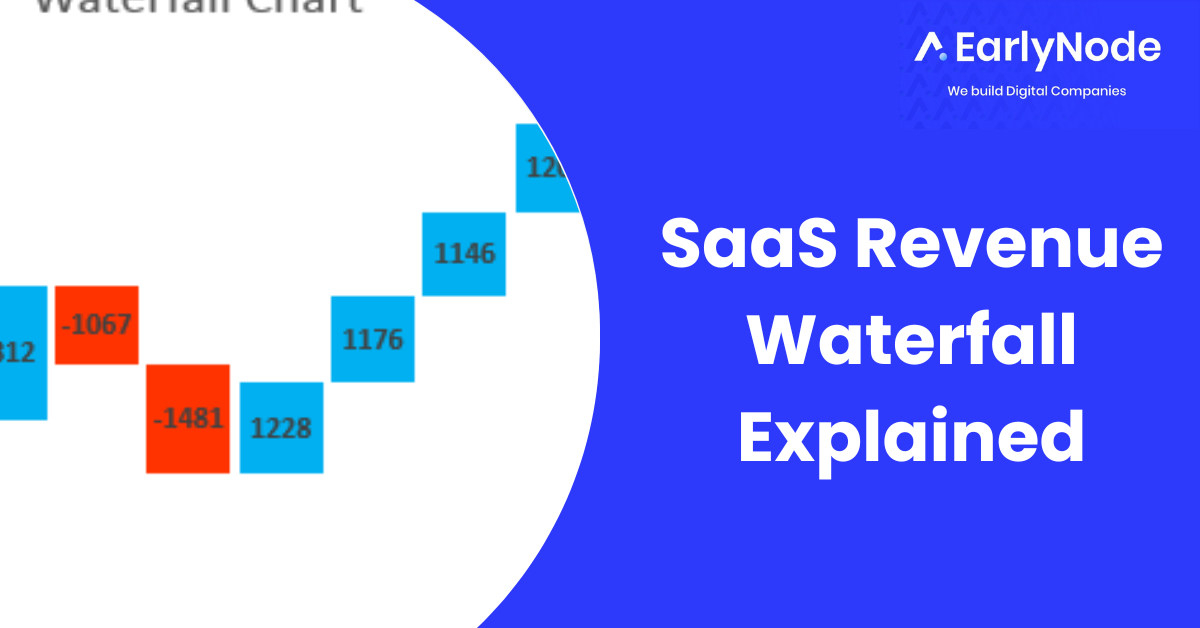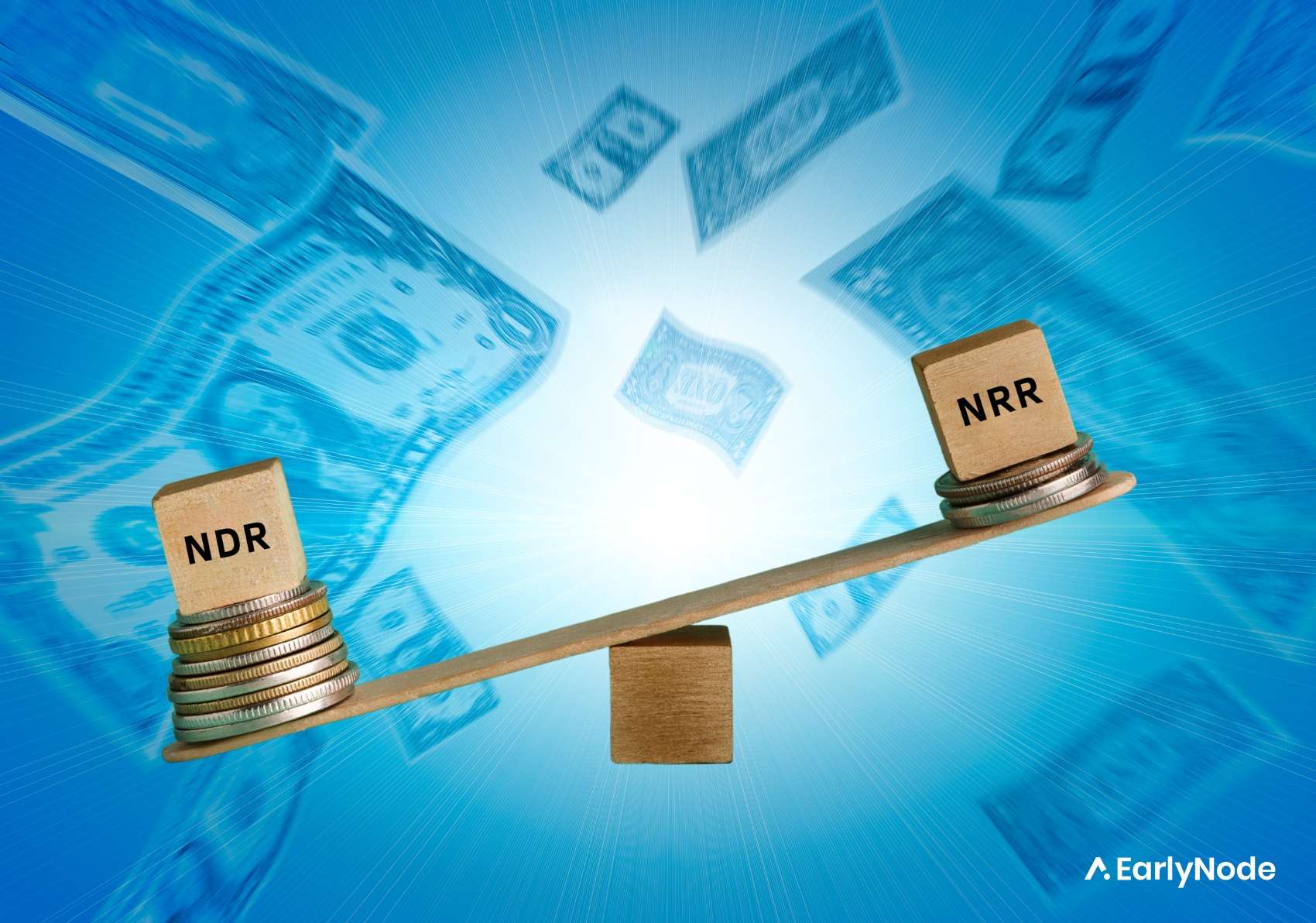Calculating your LTV:CAC Ratio
As a SaaS founder, you know that customer acquisition costs (CAC) can quickly eat your profits. That’s why it’s so important to keep a close eye on your LTV:CAC ratio. This simple metric will tell you how much revenue your customers generate over their lifetime with you (LTV) relative to how much it costs to acquire them. It can be a valuable tool for making decisions about your business strategy.
What is LTV:CAC Ratio?
LTV:CAC is a ratio that tells you how much value you generate for each dollar you spend on acquisition. A higher LTV:CAC ratio means you’re generating more value per dollar spent, which is a good thing.
Why is LTV:CAC important?
First, it can help you decide where to focus your marketing efforts. For example, if you know that your CAC is $100 and your LTV is $500, then you know that each new customer who comes through the door will generate $400 in profit for your business. But what if you could acquire new customers for only $50? In that case, your LTV would increase to $600—a 25% increase! Suddenly, acquiring new customers becomes a lot more attractive.
Second, your LTV:CAC ratio can also help you keep track of the health of your business over time. If you notice that your CAC is rising, but your LTV is stagnant, then that’s a sign that something is wrong, and you need to make changes. On the other hand, if you see your CAC and LTV rising over time, that’s a sign that your business is healthy and growing.
Calculating your LTV:CAC Ratio
One of the easiest formulas. First calculate your LTV, then calculate your CAC. Finally divide the your LTV by the CAC. It should look like this:
LTV:CAC = LTV/CAC

How to Increase Your LTV:CAC Ratio
There are two ways to increase your LTV:CAC ratio. You can either increase your LTV or decrease your CAC (or both). Let’s look at how you can do both.
Increasing your LTV
There are several ways to increase your customer lifetime value. Some include upselling and cross-selling, reducing customer churn, and increasing customer loyalty.
Upselling is when you sell a higher-priced product or service to an existing customer. For example, if you’re selling software that includes different subscription tiers (e.g., free, Basic, Premium), upselling would be convincing a customer who’s currently using the free version to upgrade to the premium version.
Cross-selling is when you sell a complementary product or service to an existing customer. For example, if you sell software that helps businesses manage their social media accounts, cross-selling might be selling them additional software that helps them with their email marketing campaigns.
Reducing customer churn means keeping customers around for longer periods. The longer a customer stays with you, the more money they’re likely to spend (assuming they’re happy with your product or service). There are many ways to reduce churn, but some common ones include offering discounts for long-term customers and providing excellent customer service.
Increasing customer loyalty means getting customers to come back and buy from you again and again. Loyalty programs are one way to achieve this, but outstanding customer service can also go a long way toward building loyalty among your customer base.
Decreasing your CAC
One obvious way is to spend less money on marketing and advertising campaigns. But while reducing your marketing budget may save you money in the short term, it isn’t really a good long-term strategy because it will likely lead to fewer new customers overall.
A better approach is finding more efficient ways of acquiring customers without reducing your overall marketing budget. This could be anything from optimizing your website to generate better leads to reallocating your marketing budget to spend more effectively on channels that generate new customers at lower costs. Whatever your approach, try finding ways to get more bang for your buck when acquiring new customers.
Conclusion
Knowing your LTV:CAC ratio is essential because it guides you in making smart decisions about your business strategy. It allows you to track the relationship between your LTV and CAC so that you can optimize both at the same time. Monitor this metric to focus your marketing efforts in the right place and keep your business on track for long-term success.




